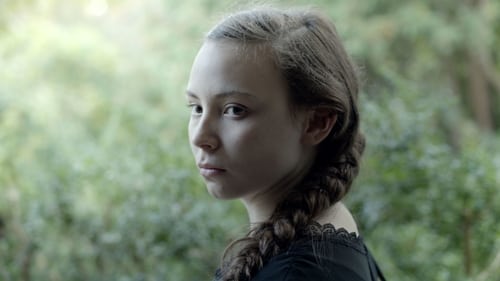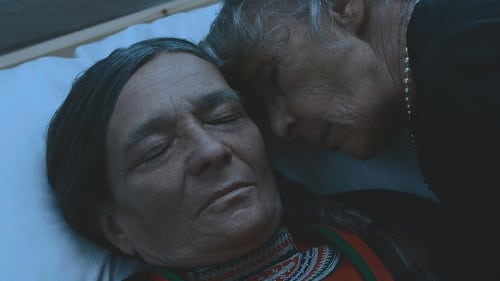Giitu (2018)
Жанр : драма
Время выполнения : 18М
Директор : Olve Aslaksen
Краткое содержание
A woman returns home to her father and childhood home, after being gone for over 20 years. Her purpose for the visit is to deliver the message that her fathers former wife has passed away.

Фильм рассказывает о переломном моменте в детстве Элле-Марии, 14-летней девочки народности саамы (лапландцы), попавшей в 1930-x в шведскую деревенскую школу. Там детей саамов воспитывают в шведском духе, заставляя забыть на время обучения о своих обычаях и языке. Элле-Мария окружена презирающими её происхождение взрослыми и издевающимися над ним одноклассниками. Но вместо ненависти к шведам у девочки просыпается желание любой ценой стать одной из них и не иметь ничего общего со своей идентичностью.

Сентябрь 1944 года. Бывший студент, а ныне финский солдат Вейкко прикован отступающими немцами к скале. Его оставили со снайперской винтовкой Mauser 98k и запасами еды и воды на несколько дней. Чтобы он не сдался в плен, его переодели в форму СС — теперь он фактически приговорён к смерти. Обвинённый по доносу и конвоируемый к месту допроса капитан Красной Армии Иван неподалёку от прикованного Вейкко попадает под бомбёжку, его конвоиры погибли, а сам он получил контузию. Ивана находит саамка Анни и перетаскивает к себе в дом...

Elle, 78, doesn't like Sámi people—even though she is Sámi. Pressured by her son, she returns north for her sister's funeral. When she realizes he's planned for them to stay with their relatives, Elle checks into a hotel.

Ánne is attending a writer’s course. She is met with racial prejudices because of her Sami ethnicity. A writing assignement gives her the courage to confront a fragile memory, a wound that cuts deep.

Why are gooseberries so much more valuable than deer trees and why did the Sami men lay naked on the marsh in the past? How do you respond to a mock execution and what is actually panic attack? Ella and Moa are two girls with more questions than answers and during a summer night they approach a little cautiously of their Sami origin. —Jonas Selberg Augustsén

Based on true events, Let the River flow is a story about Ester, recently graduated teacher who turns into an activist, and is ready to sacrifice her life for the rights of nature and the Sámi.

The third and final part of a trilogy based on Arctic creation myths. The film is a multifaceted tissue weave of myths and traditions reflected in the symbiosis between reindeer, human and landscape.

This is a trilogy about Norway’s shame.

Documentary by Stig Wesslén, commenced in 1942 and ended seven years later. Here he shows human and animal, and follows the nomadic life in an old culture.

Fifteen-year-old Máigon and her best friend Ánne-Sire are living in a small village in the Arctic tundra. It is summertime and the nights are nightless. The naive Máigon is challenged by the more experienced Ánne-Sire to make her sexual debut. Máigon feels the pressure, but she has her own plan, one that takes them on a fateful trip.

1944. Norway is under Nazi occupation. Two sámi help the Norwegian resistance on a sabotage mission, but the bridge they’re about to blow up is guarded by a man in Nazi uniform. A fellow sámi in Nazi uniform.










